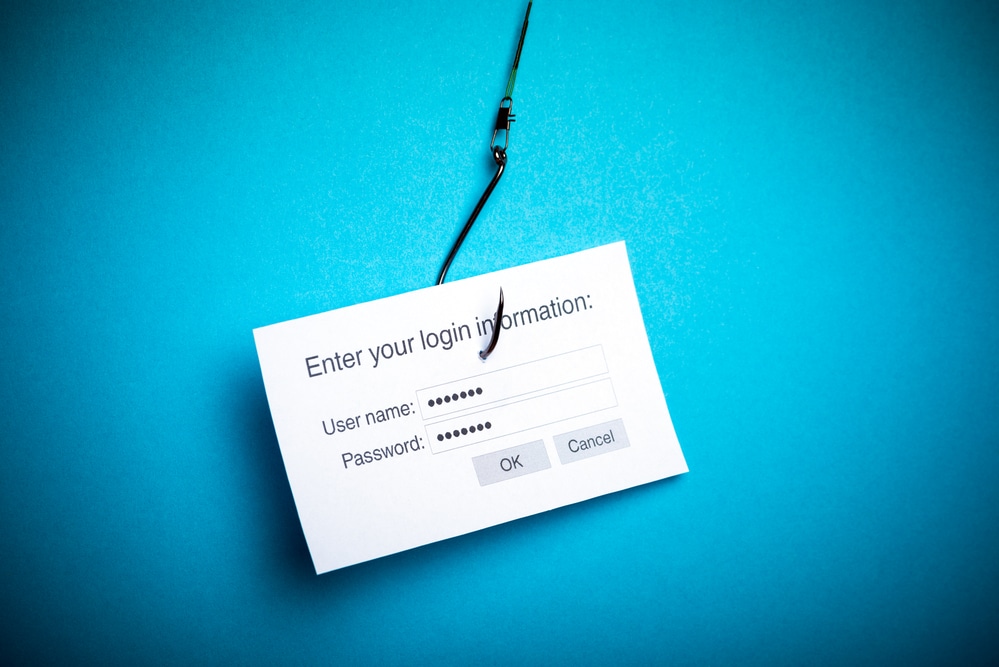
Old habits, new threats -- Why more phishing attacks are bypassing outdated perimeter detection
Perimeter solutions such as Secure Email Gateways (SEGs) have long been a cornerstone of email security, historically serving as the primary line of defence against malicious emails entering an organization. Utilizing legacy technology such as signature and reputation-based detection, SEGs have provided pre-delivery intervention by quarantining malicious attacks before they reach the end recipient.
Why, then, are 91 percent of cybersecurity leaders frustrated with their SEGs, and 87 percent considering a replacement?
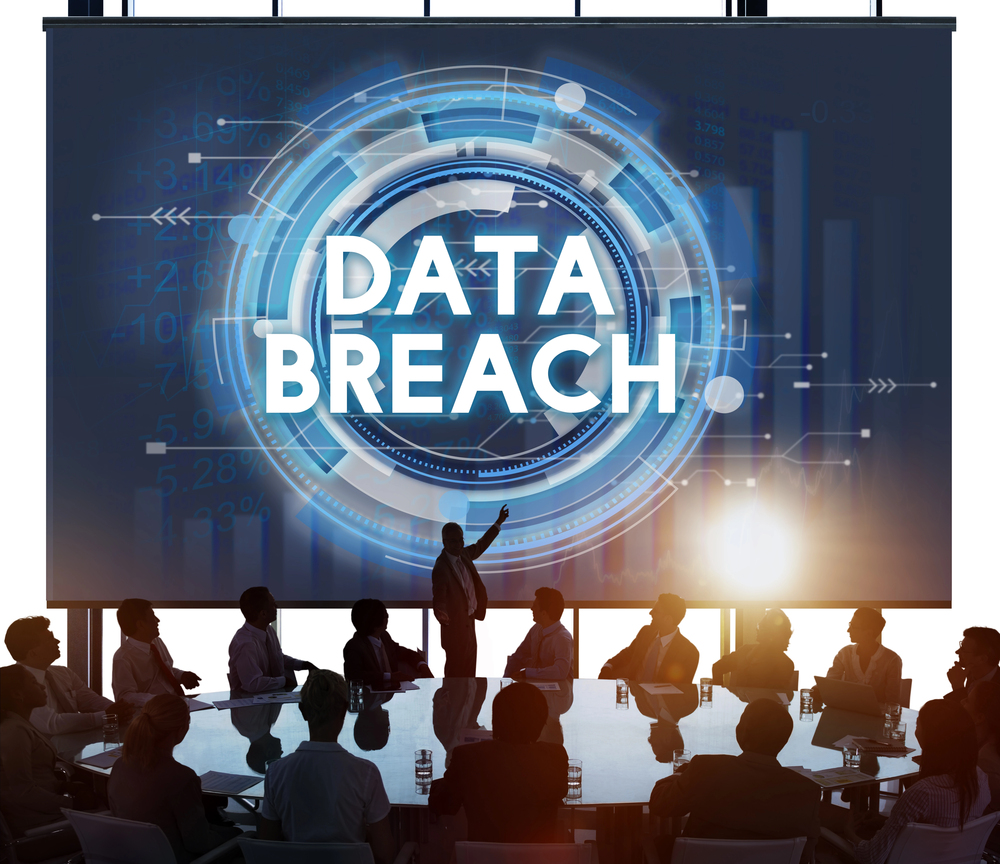
Why is the world witnessing a surge in data breaches?
While the world of cybersecurity has always been fairly unpredictable, what’s certain is that data breaches are on the rise. But what’s driving this trend, how long will it continue, and what can organizations do about it?
According to the 2023 Annual Data Breach Report by the Identity Theft Resource Center (ITRC), a non-profit organization, data compromises have leapt up in the past two years. From the previous record of 1,860 in 2021 they dropped slightly to 1,801 in 2022 but rebounded to reach a new high of 3,205 last year. That’s an increase of 72 percent over just two years.
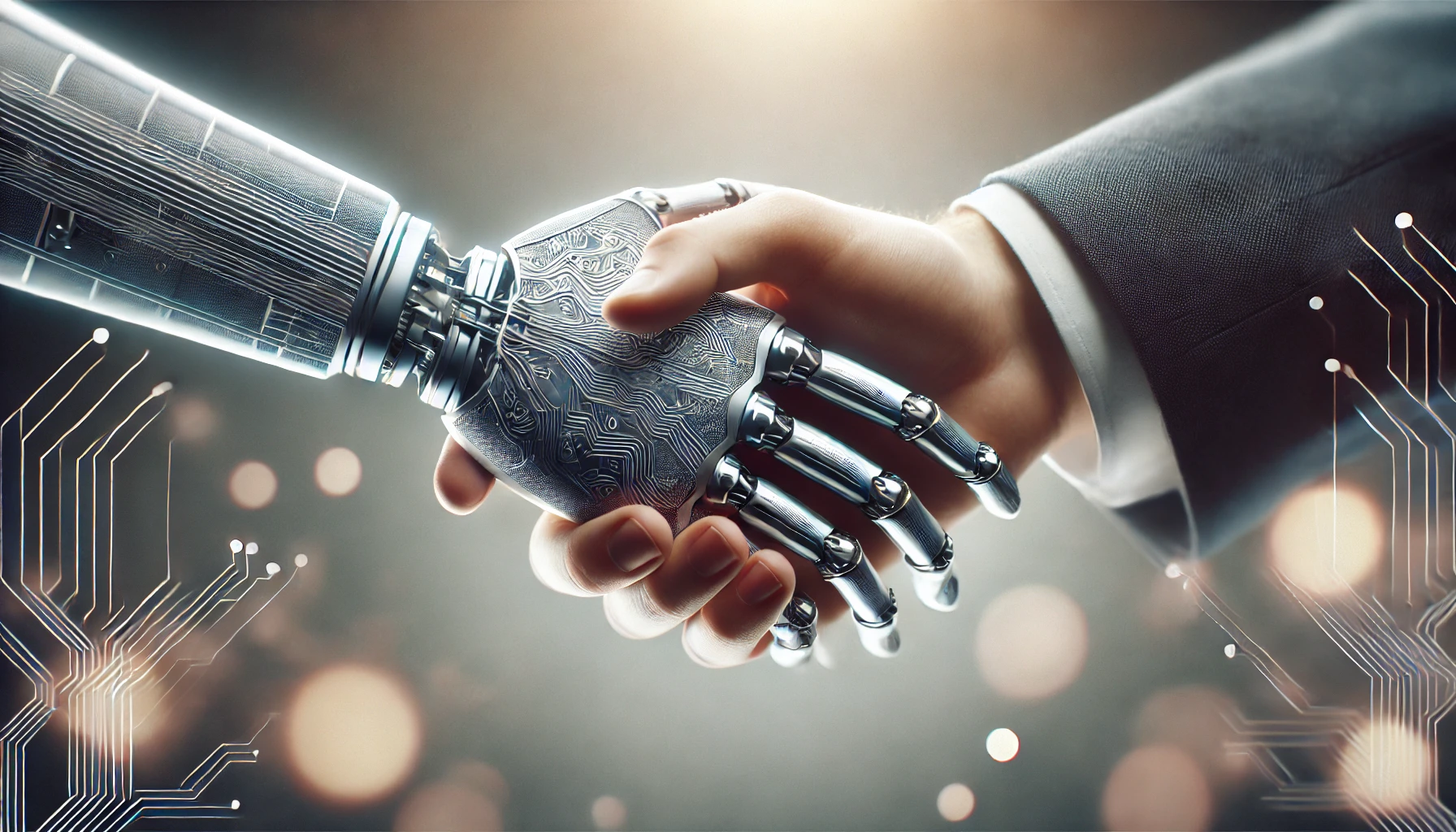
The importance of preparing data for AI integration
Despite the importance and timely arrival of the EU AI Act, there remain some major compliance concerns and the impact it will have on AI adoption and governance strategies. In fact, a recent survey found that having the proper AI governance in place is a top priority for 41 percent of business decision-makers. However, around one-quarter of UK firms have yet to make preparations for AI, and this is partly due to lingering confusion over their obligations.
Yet, the requirements set out by the Act are specific, particularly for “businesses or public authorities that develop or use AI applications that constitute a high risk for the safety or fundamental rights of citizens.” This high-risk category can include anything from law enforcement and employment systems to those used by life sciences and critical infrastructure organizations.
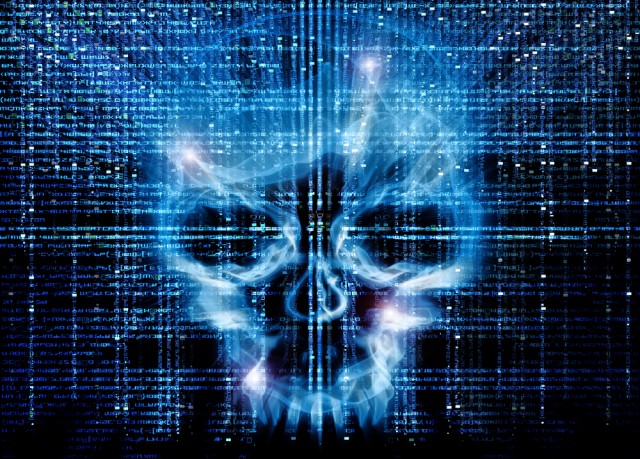
Why enterprises need real-time visibility of their invisible threats
It's not what you know, it's what you don’t know that bites you. Cyber attacks, internal rogue employees, and general operational missteps are a constant at enterprises. The cost, both financially and human operationally, impacts morale and budgets.
Many enterprises think they have what they need to defend their attack surfaces, except for one thing: a clear view of ALL the assets that make up that attack surface -- devices, users, applications and vulnerabilities. Too many security teams are trying to protect expanding and increasingly complex infrastructures without knowing all their risk exposures.

Cheapfakes and deepfakes -- How to spot them
In recent weeks, the term ‘cheapfake’ has shot to the forefront of our national consciousness. Cheapfakes -- and their equally disruptive counterpart, deepfakes -- are becoming much more prevalent today, with the volume of this misleading content estimated to be doubling online every six months. That’s why the world’s leading search engines, social media networks and content publishers are taking notice. In recent weeks, Google announced a far-reaching plan to reduce the discoverability of deepfakes in their search rankings.
Luckily, you don’t need the resources of Google to spot altered media. Here, we’ll examine the primary differences between cheapfakes and deepfakes as well as the AI-based tools that can be used to decisively detect them.
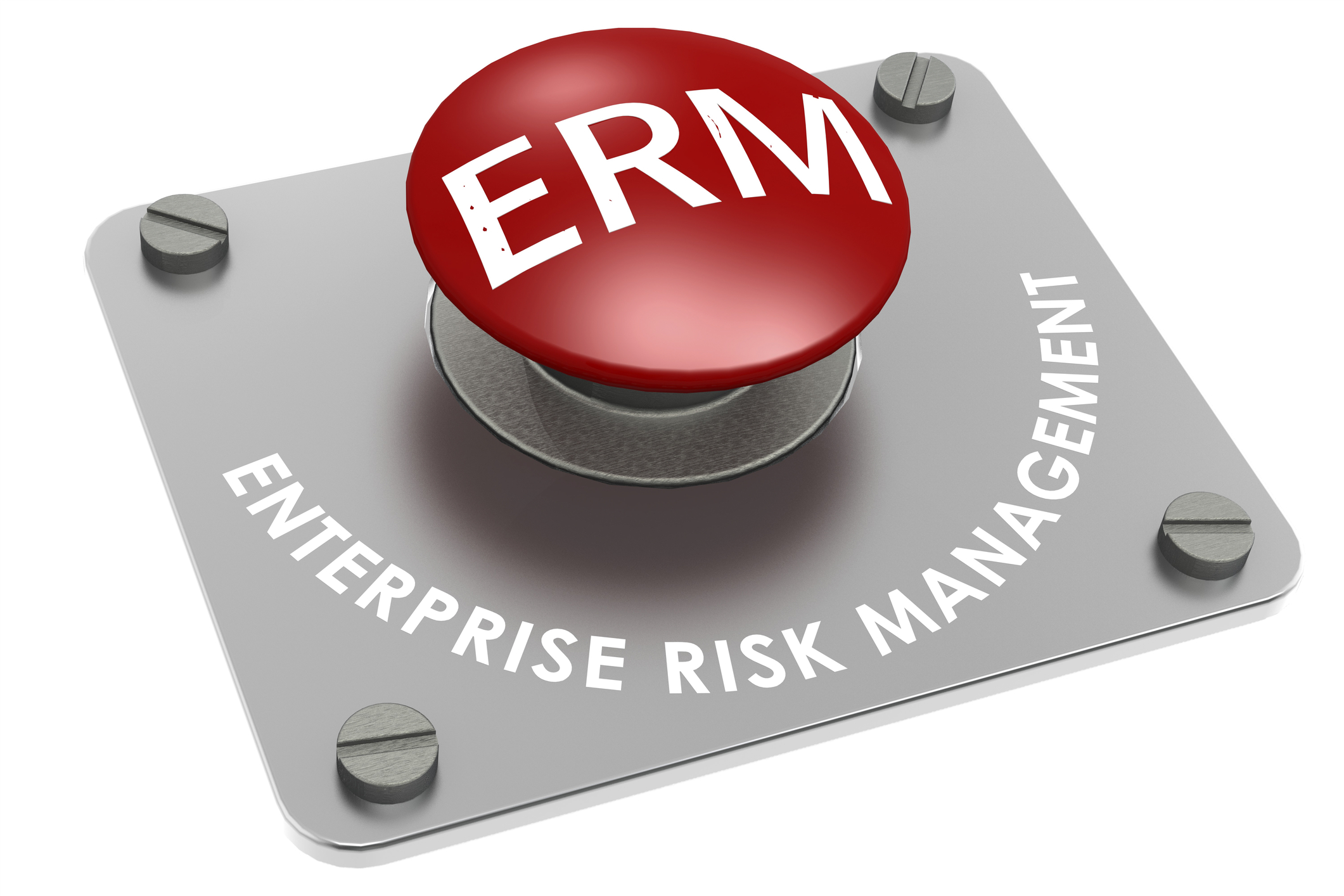
A lack of resources and talent leaves UK SMEs dangerously exposed
In the last few years, we have witnessed some of the most seismic changes to the IT security landscape -- from global pandemics and geopolitical issues to a global energy crisis, growing cybersecurity threats, multiple country elections, and subdued economic conditions. But regardless of stretched IT and cybersecurity budgets, and a significant IT skills shortage, threat actors continue to innovate as cyber threats evolve at breakneck speed. Organizations have no choice but to defend themselves.
Today, cyberattacks are increasingly targeting small to medium-sized enterprises (SMEs), according to JumpCloud’s latest Q3 2024 SME IT Trends Report. Forty-four percent of UK SMEs have been victims of cybersecurity attacks. Nearly two-thirds (60 percent) report multiple attacks in 2024. Smaller organizations often lack the manpower of larger corporations, with nearly half (48 percent) of UK survey respondents claiming that despite their best efforts, they lack the resources and staff to secure their organization against cybersecurity threats. This is compounded by a lack of access to skilled cybersecurity professionals, with many SMEs having IT teams consisting of only one or two people.
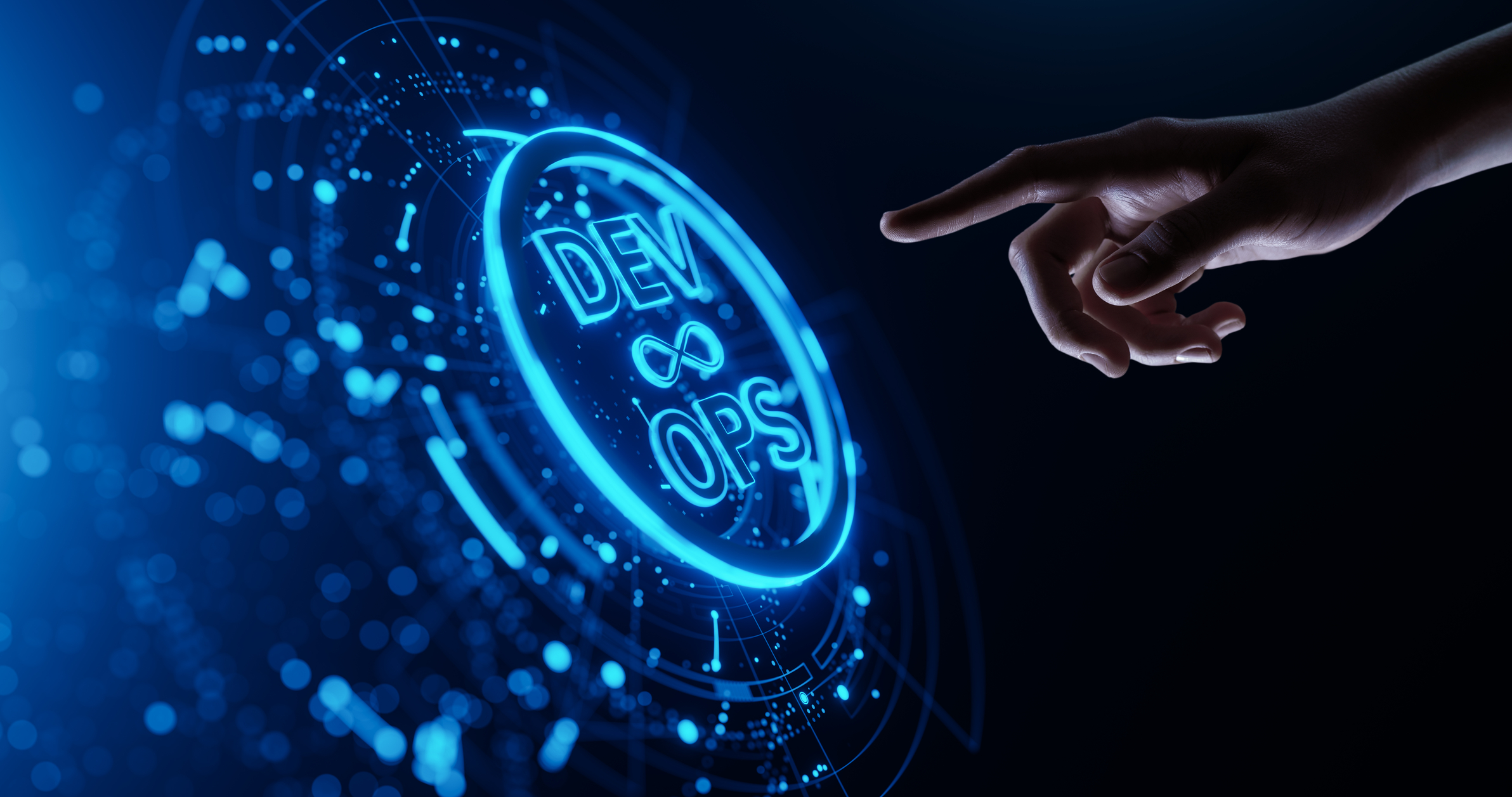
The CrowdStrike incident exposed the urgent need for modern DevOps practices
On July 20th, 8.5 million devices running Windows crashed when cybersecurity giant CrowdStrike released a faulty software update. The ensuing outage wreaked havoc across nearly every major business sector: flights were grounded, medical procedures were delayed, and news stations couldn’t broadcast.
For the companies affected, the cost implications could reach tens of billions of dollars. However, this incident is part of a much larger, growing problem. Poor software quality cost the US economy at least $2.41 trillion in 2022. With customers and employees increasingly reliant on digital services, organizations urgently need to reassess how they deliver software to protect themselves from future failures.

How organizations can master incident reporting obligations under NIS2
The new NIS2 directive is designed to strengthen the cyber resilience of over 160,000 companies that operate in the EU -- either directly or indirectly. Coming into force by 17th October, NIS2 regulations will outline how these essential entities can combat increasingly sophisticated and frequent cyber attacks.
Notwithstanding delays in the implementation of local legislation, the NIS2 directive provides an indication of the compliance obligations affecting those organizations which fall within the scope of the new rules. Ultimately, NIS2 aims to reduce inconsistencies in cyber security resilience by being the “single source of truth” for regulatory bodies to oversee how organizations implement increasingly stringent cybersecurity frameworks. As we have seen in recent weeks, these are crucial, especially during large-scale cybersecurity incidents or crises.

The dawn of the AI-enabled intern
On paper, artificial intelligence makes for the perfect intern -- it’s keen to please, happy to do anything thrown its way, and gets on with tasks so efficiently. It’s also prone to making mistakes. And like a human intern, AI tools need training and monitoring rather than being catapulted straight into senior positions -- it is extremely well suited to the repetitive and predictable tasks that we often ask junior staff to handle.
Unlike people, AI works 24/7, never stresses out -- it can complete a vast number of tasks in a short period of time. This makes it ideal for the mundane jobs that people tend to find boring and time-consuming. Take a function such as VAT ledger data analysis, which can contain millions of rows of data -- for a human to correctly analyze every row would not only take an age but would also be mind-numbingly boring. By contrast, AI can examine it in seconds -- think of it as an ‘infinite intern’.

Resilience blueprint: Strategic steps to build operational resiliency
Globally cybersecurity is soaring to critical levels of concern for organizations. The Veeam 2023 Data Protection Report highlights that 85 percent of organizations have been hit by at least one cyber attack, illustrating the difficult journey towards recovery. The average recovery from an attack can drag on for a staggering three weeks, not only impacting operations but also carrying with it significant financial implications. Therefore, cyber resilience must adopt comprehensive strategies to ensure operational and cyber resilience. This means companies must not only take proactive cybersecurity measures to prevent disruptions but must also implement reactive measures to ensure a quick response and complete recovery in the event of a successful cyber attack.
To improve their cyber resilience and smoothly adapt to regulatory shifts, organizations must embark on a strategic journey, weaving together crucial strategies and best practices to ensure they not only survive a threat but thrive in the ever-evolving digital landscape.
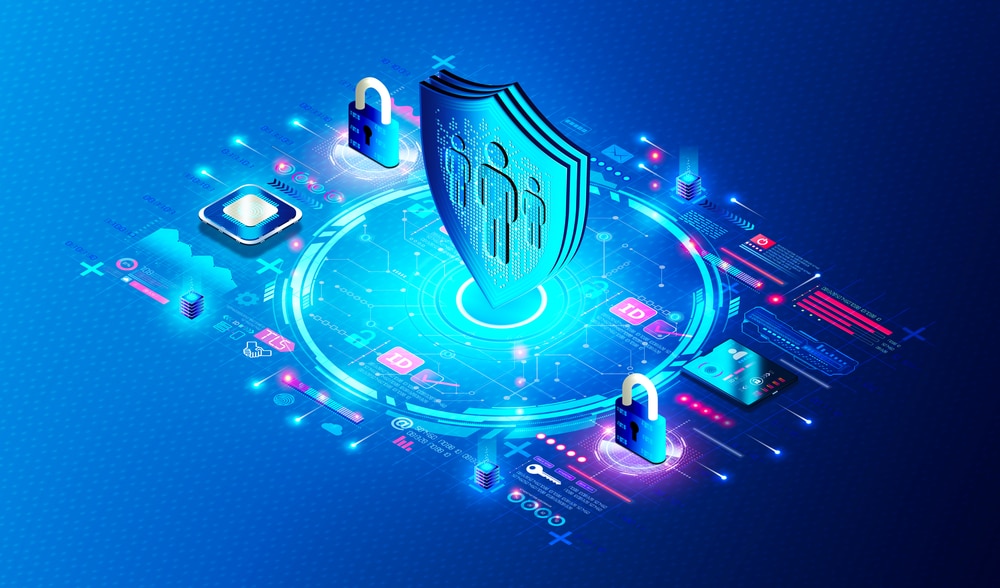
The path of least resistance to Privileged Access Management
Privileged Access Management (PAM) has been around for more than 20 years taking critical accounts and putting them into a vault to ensure only select individuals could access them securely. Since then, PAM has evolved and now focuses on controlling the access itself which means preventing broad access to specific data and providing insight into who has access, and when an account has been accessed.
Privileged accounts have traditionally been given to administrators to access critical data and applications. However, changing business practices, agile software development, and digital transformation have meant that privileged accounts have become more numerous and widespread. To reduce the risk of privileged accounts being hijacked or fraudulently used, and to uphold stringent regulatory compliance within an organization, an adequate PAM solution is essential.
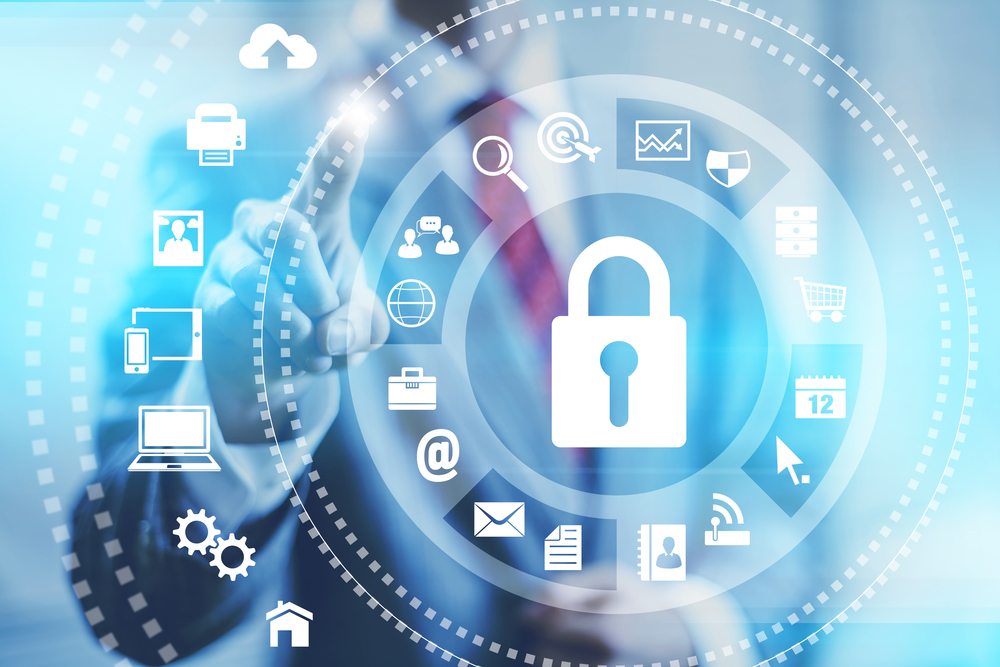
What does cybersecurity tool sprawl look like today?
Cybersecurity has become an increasingly important concern in the business world. After all, reports have found that 41 percent of businesses fell victim to a cyberattack in 2023. As the technology cyber attackers use to conduct their nefarious activities becomes more complex, so is the technology that IT professionals use to protect organizations and their data. However, with this also comes a unique new challenge: tool sprawl.
Tool sprawl occurs when a company utilizes an unnecessary number of IT tools, usually because it implements separate solutions for each use case. Although it may seem most efficient to address needs as they arise or present themselves, adopting a comprehensive approach is often more efficient -- particularly in a case where proactivity is vital, such as cybersecurity.

Remembering the human factor in AI -- Why businesses should focus on workflows, not just applications
An Office for National Statistics (ONS) report shows that one in three UK workers now believe AI could take their job. This concern has been intensified by narratives that overlook AI’s success in collaborating with humans. In reality, the most effective AI applications have been those that serve as assistants to employees, enhancing their role and maximizing their productivity, rather than replacing them.
Businesses undoubtedly understand the potential AI has to boost the productivity of employees, with more than three in every four organizations either using or exploring the use of AI. However, employers are equally unaware of the complexity of their employees’ workflows. A recent WalkMe report shows that enterprise leaders believe their business is using an average of 21 applications each week. The true number is 211, with more than 20 percent of those being AI applications.
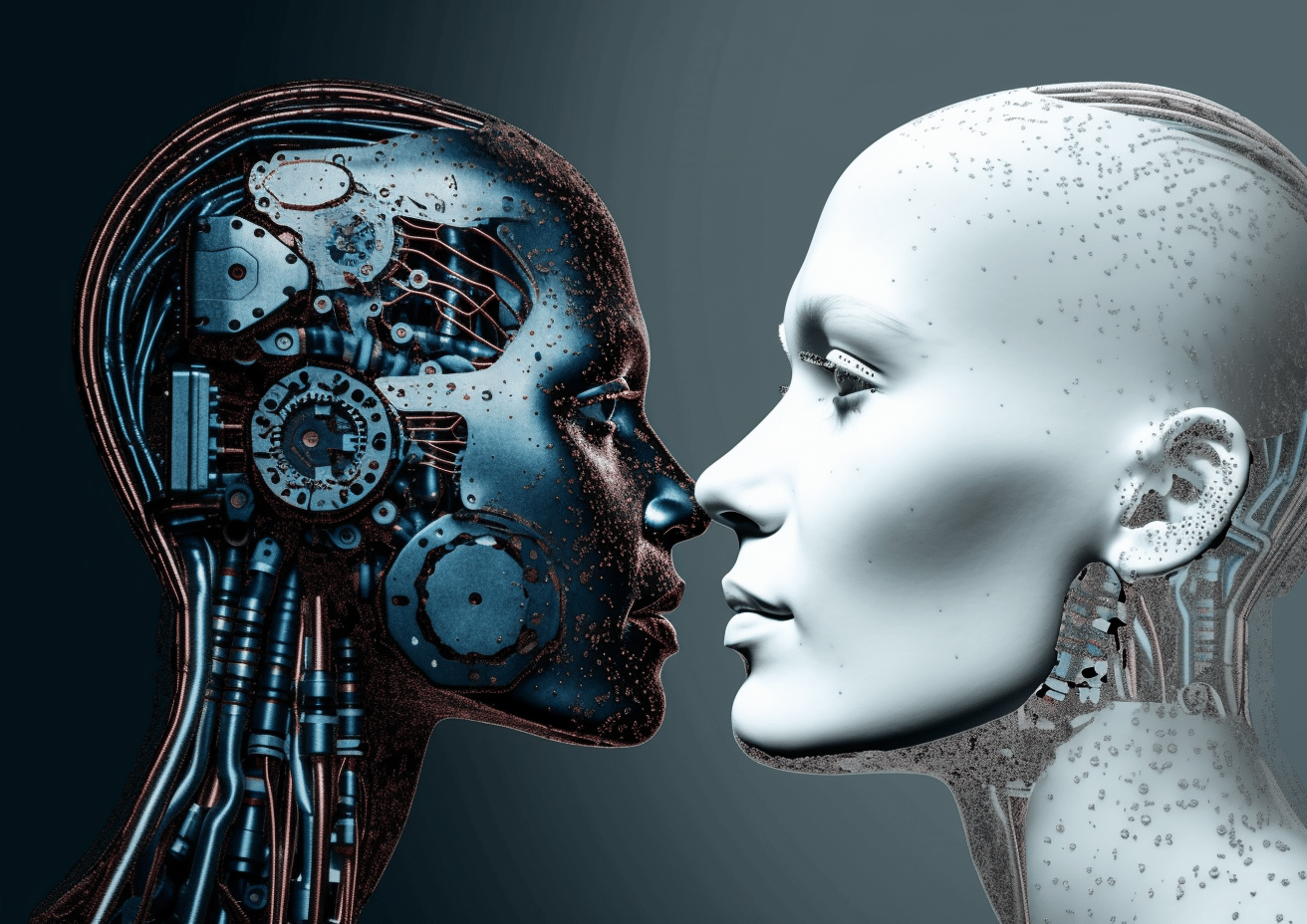
Protecting digital customer journeys from AI biases
Today, hundreds of millions of people use tools like ChatGPT to brainstorm ideas, or Midjourney to create new visuals. Artificial intelligence (AI) tools have become part-and-parcel of our daily lives and are propelling the arrival of a new digital era. We now work more efficiently, can better meet professional or creative challenges, and accelerate new innovation.
But AI now has much more intrinsic value than supporting our daily tasks. It is integral to powering our critical services and keeping society running, whether that’s facilitating loan agreements or providing key access to higher education, mobility platforms or medical care. Identity verification, fundamental to online access, was traditionally seen as a gateway to credit checks and opening a bank account, but thanks to AI it now supports services from healthcare to travel and eCommerce.
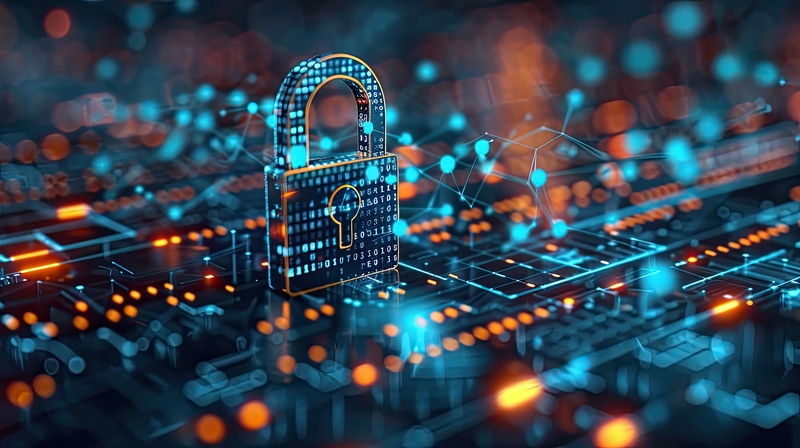
EU Directive Network and Information Security (NIS2): Modernizing security compliance
Often perceived as a necessary evil in the past, organizations are taking an increasingly proactive and committed approach to the regulation of technology and cybersecurity. Many are even going a step further by embracing independent standards to fill any gaps legislation may not address or, while waiting for laws to catch up with new developments.
Given today’s searing pace of change, characterized by the rapid rise of technologies like GenAI, this marks a positive way forward for businesses that care about their customers as well as their profits.

